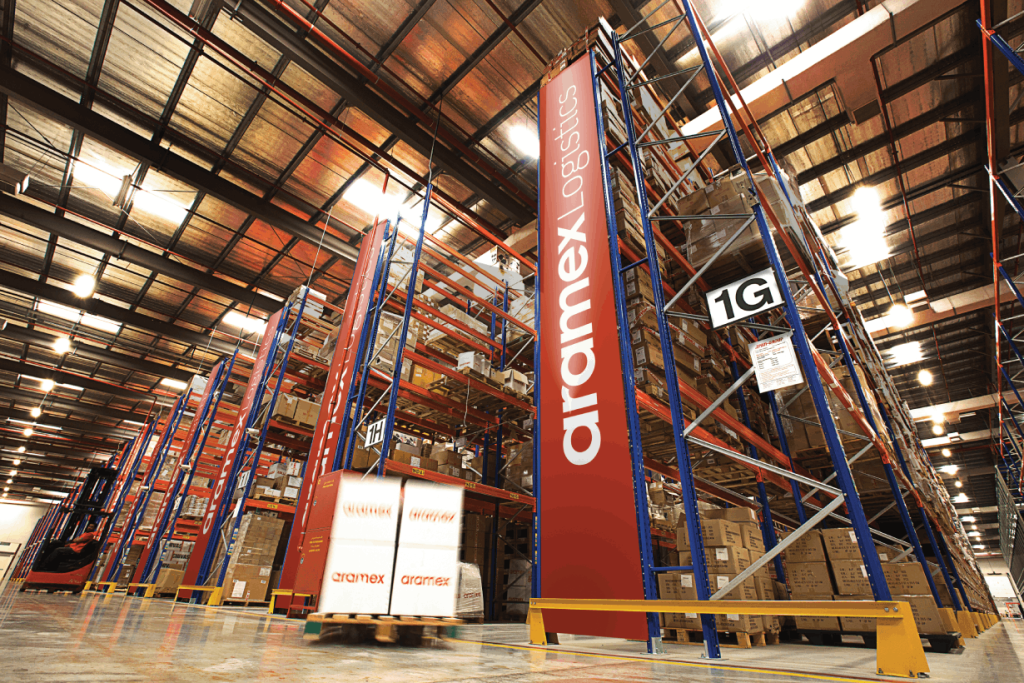

In the face of a barrage of supply chain logistics disruptions, continued Covid-19 restrictions, a surge in oil prices and the significant jump in demand for e-commerce, logistics has only thrived, forecasting global e-commerce sales to hit $5.5 trillion in 2022.
Global e-commerce sales are forecasted to hit $5.5 trillion in 2022.
Early signs that the sector is steering itself into recovery mode are driving optimism among leading transport and logistics providers.
Take a look back at the lessons learnt that are helping to re-cement and evolve effective supply chains for the future.
Plan for the worst
It’s safe to say that 2019-2021 brought attention to the importance of having a plan B or C, or even D! The pandemic stalled supply chains worldwide and catalysed the influx of driver shortages. Vulnerabilities of inflexible operations were laid bare.
Retailers that actively reconsidered their supply chain operations in a timely manner were more equipped to ride out the storm. Being able to adapt a package’s journey, whether that be in the initial stages of production or during the very last-mile, helped to limit the impact of problems.
Related article: E-commerce Start-ups are Now Shaping the Future of Logistics
Sourcing products from a variety of suppliers increases the stability of a steady stock supply. In the same way, appointing a logistics and transport provider with a rich bank of third- and fourth-party partnerships establishes a sense of control over package storage and carriage.
The spike in oil prices also brought the same worry of getting deliveries on time. That is why the more drivers, airlines, and shipping services you have at your disposal, the better. Having the option to reliably have a delivery carrier at the eleventh hour, because your original choice has been impacted by a surge, will help to ensure that your packages still make it to their desired destination in time. Options were the silver bullet of 2021: keeping reputations in-tact and customers happy is continuing to be the central trend of 2022 as well.
Find out how online retailers ship faster with Aramex
Brick-and-mortar stores get popular again
In a turn of events, the high street went from dominating headlines for being ‘doomed’ to being more popular than ever. Whilst we hoped panic buying had been left on the toilet roll shelves in the first lockdown, the lead-up to the festive period saw another panic buying peak.
As Covid-19 restrictions eased, footfall in shopping malls increased and the number of online orders being picked up in-store or at a pick up and drop off location, rather than delivered home, did too.
More choice on how to purchase goods in-store, online, or via social media channels and how to receive those goods, whether in-store, home-delivery or to a third-party location like a pick-up point, is now a dominant theme throughout 2022.
Consumers have become accustomed to a variety of solutions and are increasingly shaping their shopping behaviours around convenience. Not to mention that in-store collections tend to be less costly than home-deliveries, both for the customer and the retailer!
Find out how SMEs ship faster with Aramex
Smart inventory management
These changes to purchasing habits stimulated changes to inventory levels. As consumers purchased with a more pre-emptive mindset, and earlier, retailers needed to switch tact to reflect this.
Those with full transparency of their stock levels, no matter the multitude of channels they were selling on, were able to react to changing supply and demand far faster than those without.
Consistent tweaking to the types and levels of inventory lessens room for customer disappointment or dissatisfaction with the brand. Availability of a product that is seeing an influx in purchases on one website, but limited on another, can be quickly adapted to help with business viability. Popular trends can be easily determined and then reflected in both previous and future stages of the supply chain too, helping to keep the right shelves stacked with the right products, at the right time.
Custom warehouses


2021 presented a boom in smart warehousing and AI and other high-tech processes are used in most advanced warehouses today. By taking real advantage of the latest technology, warehouse providers are driving more efficient warehousing practices.
In terms of the storage facility data, accurate and up-to-date details of available storage space help to optimise the amount of stock stored.
For the customer, implementing a warehouse management system that fully-digitises all operations provides data critical to their decision-making in business growth. Full visibility across all aspects of logistics activities, like real-time stock levels, empowers more effective operations.
When you can pinpoint where your products are along their journey, from production line to storage facility, and their condition, right through to the last-mile to the customer, processes can be refined. Inefficiencies are easily identified and rectified, helping to streamline the whole supply chain system.
Bring the product closer to the consumer
No matter the distance your packages are travelling, the closer they can stay within your established logistics network, the better. And the more primely-placed the warehouse, the more flawless the logistics.
Our Manchester warehouse in the UK is strategically located for efficient transport. It’s in the heart of the northern motorway circuit amid the M62 corridor, making it perfect for road haulage up and down the UK. Manchester airport is under 10 miles away, ideal for imports and exports by air to the rest of Europe and beyond. For shipments, the north-west boasts the Liverpool docks, home to trans-Atlantic crossings.
Related article: Can PUDO Make Logistics Greener?
No matter the size of your business or scale of its operations, the stakes of having a sub-par supply chain is high. Embrace the lessons and use these to help define your strategy moving forwards.




